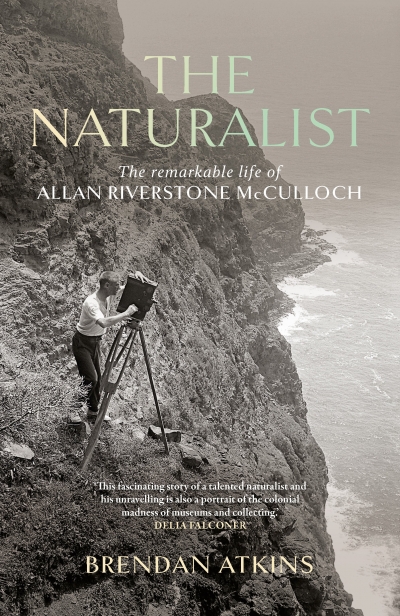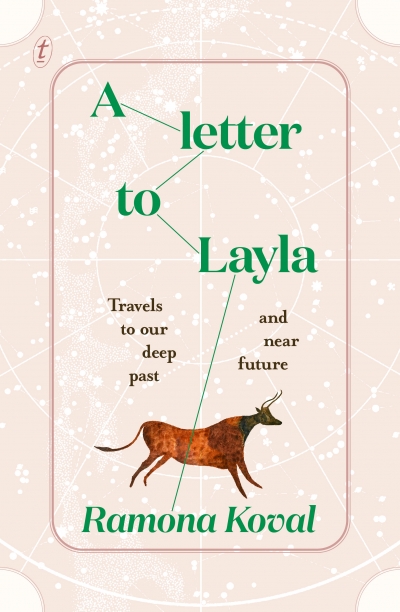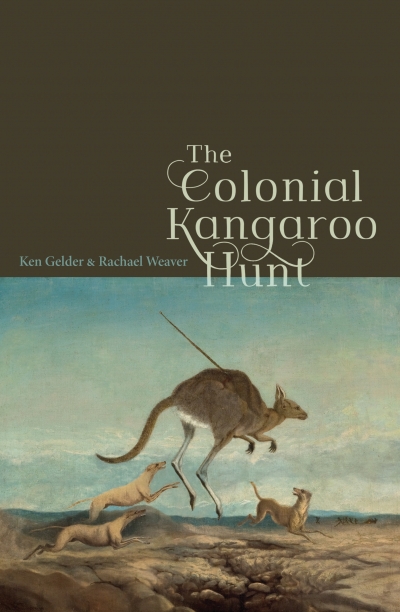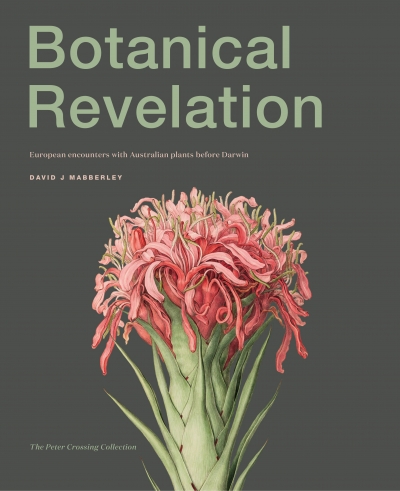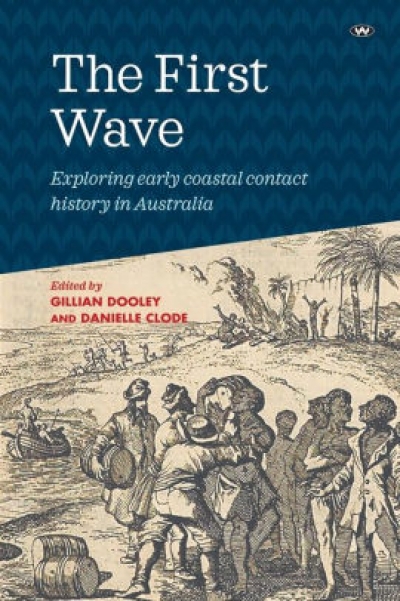Danielle Clode
The Naturalist: The remarkable life of Allan Riverstone McCulloch by Brendan Atkins
by Danielle Clode •
Rose: The extraordinary voyage of Rose de Freycinet, the stowaway who sailed around the world for love by Suzanne Falkiner
by Danielle Clode •
I enjoy critics who read beyond the content of the book to discuss what they think the book or author is trying to achieve. Even better if they discover that the book does something the author wasn’t expecting or didn’t deliberately plan.
... (read more)In Search of the Woman Who Sailed the World by Danielle Clode
by Gemma Betros •
A Letter to Layla: Travels to our deep past and near future by Ramona Koval
by Danielle Clode •
The Colonial Kangaroo Hunt by Ken Gelder and Rachael Weaver
by Danielle Clode •
Botanical Revelation: European encounters with Australian plants before Darwin by David J. Mabberley
by Danielle Clode •
Idling in Green Places: A life of Alec Chisholm by Russell McGregor
by Danielle Clode •
The First Wave: Exploring early coastal contact history in Australia edited by Gillian Dooley and Danielle Clode
by Alexandra Roginski •

